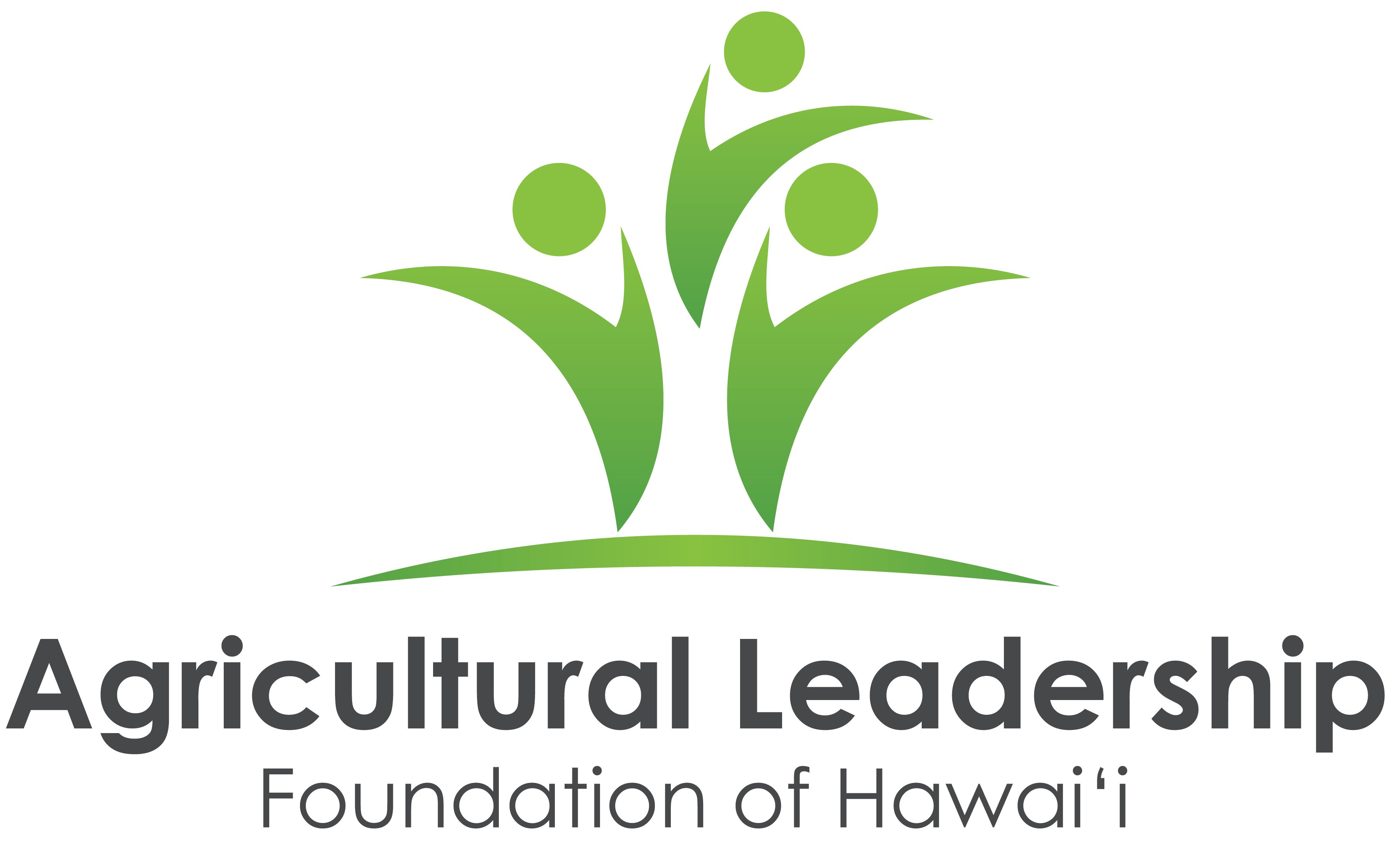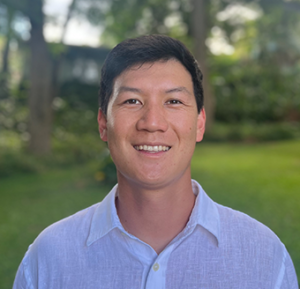A reoccurring theme that has been playing through my head as we tour Oregon is that modern food production is done on a scale that is unfamiliar to Hawaii. Yes we are famous for the endless acres of sugar, coffee, and pineapple that once painted the landscape of our state, but I am talking about things that we regularly see on our plates. Modern day farmers and producers have been charged with the daunting task of raising more food with less reliable labor sources, more stringent regulations, and higher overall costs. Our beef and dairy producers are finding new and innovative ways to fill this need, and scale is an important aspect to their success.
As our red minivan barreled down the freeway taking us further and further away from the verdant surroundings of the Willamette Valley, the landscape transition from rain soaked hills to dry flatlands paralleled the changes in the fields that lined the freeway. Large acre row crops stretching to horizon provided a clear indicator that we had entered the breadbasket of Oregon. Upon our arrival at the Beef Northwest facility, I saw a seemingly endless sea of cattle and was struck by the smell of what Yang would later aptly describe as the “smell of money”. It was at that moment that I truly realized what it takes to feed a nation.
We were met by Pete and Jackie who provided us with an excellent overview of the Beef Northwest program, and how our Hawaiian grown products are integrated into their big picture. The Boardman facility (one of three BN lots) which we were visiting has a 40,000 head capacity employing approximately 50-60 staff. While the majority of the cattle are run through their conventional feedlot, the Country Natural Beef and GAP programs are examples of specialty markets they participate in that require a different approach to the traditional model, including modified diets and alternative confinement structures. Pete’s most consistent message regardless of the program/market? ¾ of the cost of raising cattle is the feed, and water quality is the most overlooked nutrient. With French fries being one of eastern Oregon’s most prevalent exports, BN has found a terrific opportunity to partner with the various potato growers in the region to supplement their feeding ration. Does this make a burger and fries a sustainable meal? Maybe. Probably the most surprising fact I learned was that in order to break into markets like Whole Foods they have eliminated the corn in order to remain GMO free, and this has resulted in a ration that much harder on the digestion and nutrient uptake of the cattle. One example of what could be considered an overlooked negative to this type of marketing, but certainly not the last.
Across from the Beef Northwest program (across is a relative term when you are talking about tens of thousands of acres…) we visited the Columbia River Dairy. Never in my life have I experienced an agronomic entity of that magnitude. The largest Jersey cow dairy in the world, CRD milks 35,000 cows twice a day producing 2.5 million pounds, and is the largest supplier of raw milk to Tillamook Cheese. The milking parlor could be classified as an agricultural eighth world wonder, and operates 24 hours a day 7 days a week in seamless fashion. Probably the most impressive aspect however of the Dairy was that it was implemented as a way to close the process loop with their 100,000 acre parent farm. As Jeff Wendler (Livestock Operations Manager) explained, the Dairy is the engine that turns the farm and capitalizes on turning waste into input from both ends (no pun intended). One thing that dairies have been criticized with in the past regarding waste effluent has also been dealt with in an innovative fashion. An onsite digester consumes 100 percent of the operation’s waste and converts the methane gas produced into 48,000 kilowatts of energy, enough to power 20,000 homes. When asked what his biggest challenge was, he was quick to reply that labor is and will be one of their biggest challenge which prompted them to utilize a refugee program that had short lived success. Most recently they are looking into automating some processes with robots, but as he pointed out with little excitement this is not the best option for community as they do not shop at stores and send their kids to school.
American consumers have been distanced from the food sources for some time, and I am grateful for the recent renaissance we are experiencing of individuals interested in exactly where and how their groceries were raised. The fact is that 2% of our population feeds the other 98%, and the reality of this are operations whose efficiencies and size may not match the ideology of your favorite farmer’s market vendor. What it takes to feed a nation may not fit everyone’s red barn vision, but I implore people to talk to these producers and learn before judgment. Chances are you will find passion, innovation, responsibility, and knowledge.














